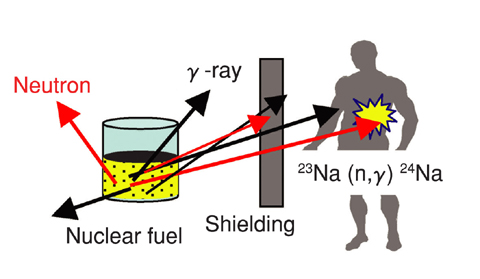
Fig.7-15 Activation of sodium due to neutron exposure in a criticality accident
Fig.7-16 Flowchart of dose assessment by RADAPAS, based upon source configuration data
If a criticality accident occurs, radiation dose assessments should be performed upon heavily exposed persons, because it is essential to carry out the appropriate medical treatment according to degree of the given dose. In past accidents, however, some persons not carrying any dosimeters have suffered from heavy exposure. In such a case, radiation dose can be assessed from the activated sodium (24Na) in the body due to neutron exposure, as depicted in Fig.7-15. As the type and energy distribution of radiation in a field significantly affect the relation between the radiation dose and production of 24Na, dose conversion is not so easy. This method had been therefore criticized for lack of quickness and accuracy soon after a criticality accident.
Thus, we developed a program, named RApid Dose Assessment Program from Activated Sodium in human body in Criticality Accidents (RADAPAS). RADAPAS consists of a database containing dose conversion coefficients and a dose calculation program. Fig.7-16 is the dose assessment flowchart of RADAPAS. The nuclear fuel source configuration significantly affects the characteristics of radiation in a field. A user can interactively set the conditions of the nuclear fuel and the surrounding shielding with a Graphical User Interface (GUI). A coefficient is automatically selected from a database in RADAPAS, corresponding to the source configuration. After that, the user inputs the activity of the produced 24Na, and then radiation dose from neutrons and γ-rays is calculated. The database has conversion coefficients for more than 50 hypothesized source configurations, which were derived by radiation transport calculations. Thus, radiation dose can be accurately calculated from the radioactivity of 24Na and the result is displayed in a chart. In addition, RADAPAS can carry out dose assessment more accurately if the radiation characteristics in a field have been analyzed in detail.
The applicability of RADAPAS to a dose assessment after a criticality accident was verified with an experiment at the Transient Experiment Facility (TRACY). Thus, radiation dose can be rapidly and accurately given to medical staff after an unexpected accident, where no useful information can be obtained from any dosimeters.